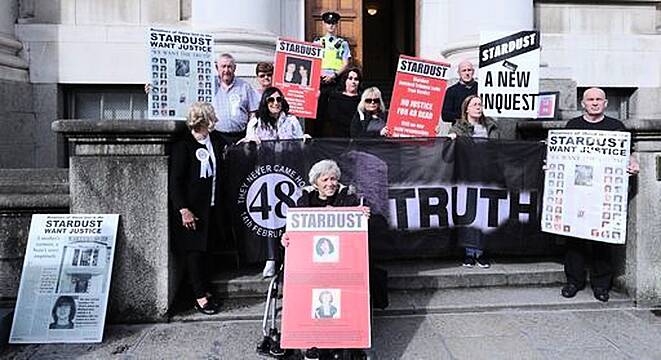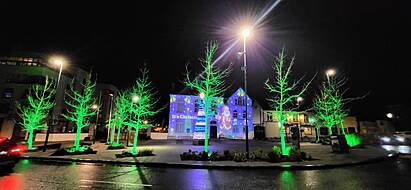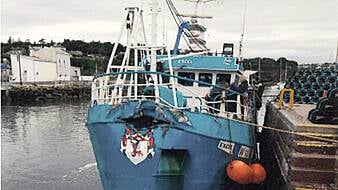The Irish Government rejected a recommendation for change in how the State monitors major disaster victims following the Stardust fire, archived files show.
A total of 48 young people died in the nightclub blaze in Artane in Dublin on Valentine’s Day in 1981. Some who survived did not see doctors until years later.
In 1989, a tribunal which assessed hundreds of claims for compensation urged the Government to introduce special provision for the medical care and monitoring of progress made by the victims of such a disaster in future.
It suggested a small committee be formed of doctors who had the most experience treating Stardust victims.
An official memo from the Health Department said the idea was “not favoured”.
It added: “As far as general practitioners are concerned, if there are some with extensive involvement in the treatment of survivors of the Stardust disaster they would obviously be in a position to advise following any future disaster.
“It is not considered necessary however to have a committee of such doctors set up on a formal basis for such purpose.
“It is now nearly nine years since the Stardust disaster and the present age of the practitioners might be relevant.”
The papers were disclosed as part of the annual release of State documents.
Fianna Fáil’s Dr Rory O’Hanlon was health minister at the time as part of Charles Haughey’s Government.
Some 420 people attended the dancing competition at Stardust, with the majority aged between 18 and 25 years.
Most came from Artane and Coolock in North Dublin.
Experiences of some of the victims who came forward seeking compensation were recounted in a dossier provided by the Stardust Victims Compensation Tribunal and contained in archived papers from 1989.
It dealt with nearly 1,000 applications for official redress.
The tribunal said it was only due to the scheme that many victims of the fire were treated by doctors for the first time.
The official file noted: “In many cases the doctors were shocked that people who needed medical advice and treatment had been left without it for so many years.”
Psychological effects
The archived Department of Health note said the disaster was a very specific one since physical injuries were caused by fire and in some other cases there were psychological effects.
It added: “Major disaster planning involves many more disciplines than were involved in Stardust and, indeed, consultants in these disciplines have a considerable expertise from major rail accidents and ongoing experience from road traffic accidents.
“Major accident planning is updated after every major accident.”
The newly published papers are contained in National Archives file reference number 2020/3/216.







